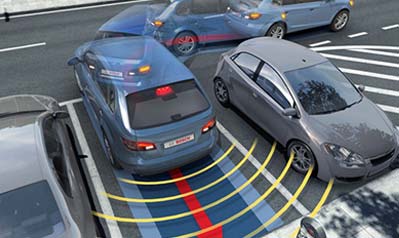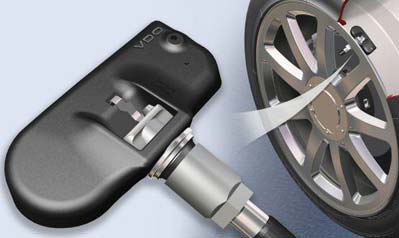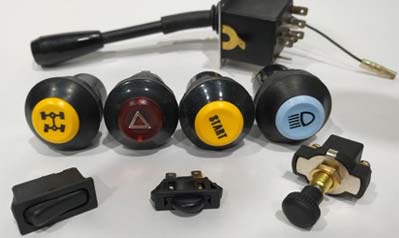Welcome to May Auto Parts Manufacturing & Supplying (MAPMS)
Welcome to May Auto Parts Manufacturing & Supplying (MAPMS)
The ignition system in your vehicle plays a critical role in getting your engine up and running smoothly. Over the years, automotive technology has seen significant advancements, and one of the innovations that have made a notable impact is the pencil coil ignition system. In this blog, we'll demystify pencil coil ignition systems (what is a pencil coil ?) by explaining how they work, providing a clearer understanding of their operation and benefits.
Before we delve into pencil coil ignition systems, let's review the fundamental principles of ignition. The ignition system's primary function is to generate a spark at the spark plugs to ignite the air-fuel mixture in each cylinder. This controlled explosion creates the power needed to drive the engine.
The pencil coil ignition system, also known as coil-on-plug (COP) ignition, differs from traditional ignition systems in its design. Instead of using a single ignition coil to supply spark to all the cylinders, the COP system employs individual ignition coils—one for each spark plug. These ignition coils are compact and pencil-shaped, giving the system its name.
Here's a step-by-step breakdown of how a pencil coil ignition system works:
When you turn the key to start your vehicle, an electrical signal is sent to the Engine Control Module (ECM) or Powertrain Control Module (PCM), signaling that the engine is ready to start.
The ECM/PCM processes this signal and sends a command to the individual ignition coil corresponding to the cylinder that needs to fire. The ECM/PCM considers factors like engine speed, load, and sensor inputs to determine the optimum ignition timing for each cylinder.
Upon receiving the command, the ignition coil charges up by building an electrical current in its primary winding. This current is typically in the range of 12-14 volts.
When the ignition timing is just right, the ECM/PCM sends another signal to the coil, instructing it to fire. The coil's primary winding discharges its stored energy into the secondary winding, creating a high-voltage spark at the spark plug's electrode.
The spark ignites the air-fuel mixture in the cylinder, initiating the combustion process. This controlled explosion generates power, driving the engine's pistons and turning the crankshaft.
Now that you understand how pencil coil ignition systems work, you may be wondering about their advantages:
Precision: Individual coils for each cylinder ensure precise ignition timing and reduce the risk of misfires.
Improved Performance: The efficient spark generation contributes to enhanced engine performance.
Reliability: Pencil coils are known for their durability and long lifespan.
Simplified Diagnostics: Isolating and diagnosing ignition issues is more straightforward due to individual coils.
Pencil coil ignition systems represent a significant advancement in automotive technology. Their precision, reliability, and improved engine performance have made them a popular choice among vehicle manufacturers. By demystifying how these systems work, you can better appreciate the benefits they bring to your vehicle, providing a smoother and more efficient driving experience. As automotive technology continues to evolve, pencil coil ignition systems remain a reliable and effective choice for igniting the engines of modern vehicles. To maximize the potential of your pencil coil ignition system, it is crucial to complement its advantages, such as precise ignition timing, improved engine performance, and simplified diagnostics, with high-quality components like ignition rubber boots, copper nickel spark plugs, and even an ignition coil block for enhanced reliability and optimal engine operation.
Popular Automotive Spare Parts
 The Impact of Car Fuel Filters on Clean and Efficient Driving
READ MORE >
The Impact of Car Fuel Filters on Clean and Efficient Driving
READ MORE >
 How Often Should You Replace Ignition System Components?
READ MORE >
How Often Should You Replace Ignition System Components?
READ MORE >
 Upgrade Your Ride: Benefits of Switching to Pencil Coil Ignition
READ MORE >
Upgrade Your Ride: Benefits of Switching to Pencil Coil Ignition
READ MORE >


